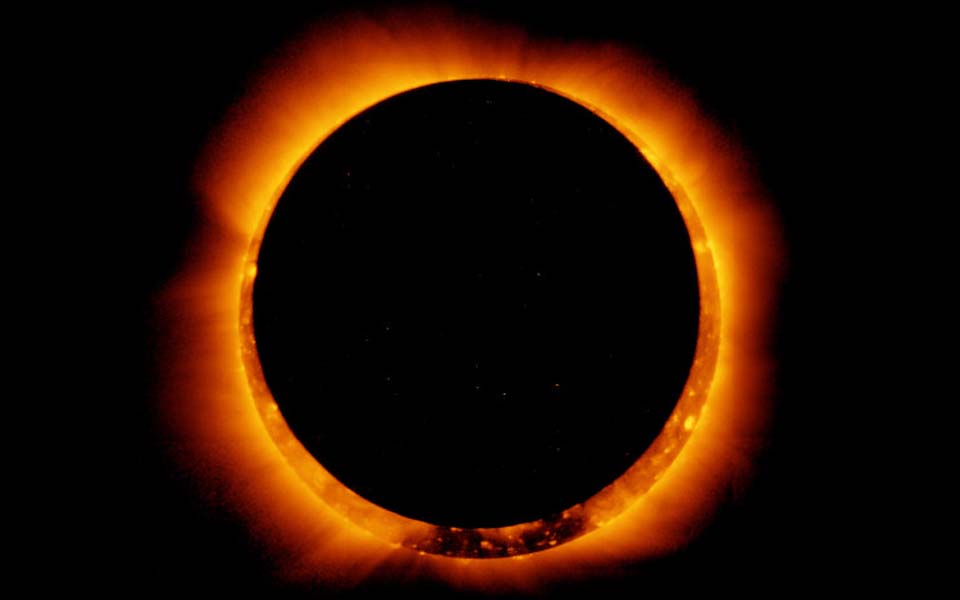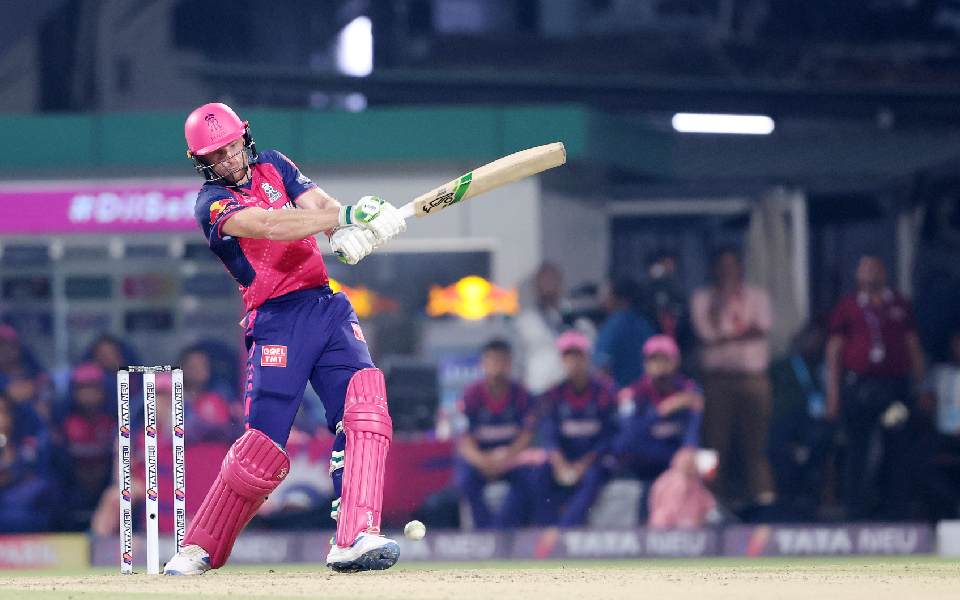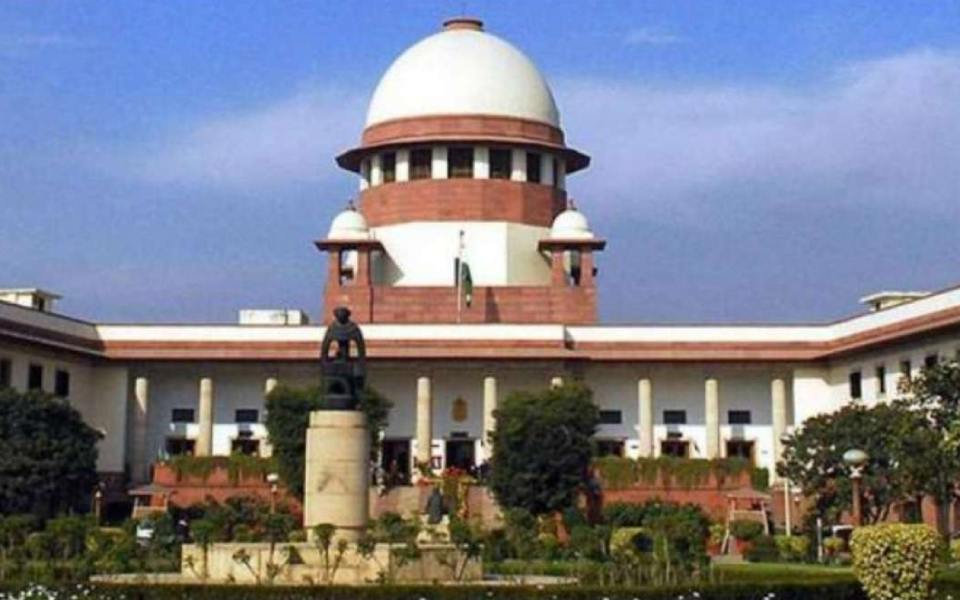Kolkata, Dec 25: When the annular solar eclipse takes place on December 26, sky watchers should use safe viewing equipment and proper techniques to view the celestial event as the infrared and ultraviolet rays of the Sun can cause severe retinal damage, a senior astronomer has said.
A solar eclipse occurs when the Moon passes between Earth and the Sun, thereby totally or partly obscuring the Sun for a viewer on Earth.
An annular solar eclipse takes place when the moons apparent diameter is smaller than that of the Suns and blocks most of the Suns light. This causes the Sun to look like an ring (annulus) of fire, Debiprosad Duari, the Director, Research and Academic of MP Birla Institute of Fundamental Research, MP Birla Planetarium, said.
Partial phases of the solar eclipse will be visible from all over the country in varying magnitude depending upon the geographical position.
One should not look directly to the Sun for even a little period without proper protection. Even when 99 per cent of the surface of the Sun is covered by the moon during partial eclipse, the remaining light is still intense enough to damage the eye, Duari told PTI.
Proper solar filters with certified appropriate optical density against radiation which are safe to the eyes should be used in front optical devices and the naked eye, he said.
Aluminised mylar films of approved thickness and transmissivity coated with black polymer are the safest for use in solar goggles that one generally uses for eclipse viewing, he said.
Welders glass number 14 is a safe material as solar filter for direct viewing of the solar disc, the researcher said.
According to him, the best method to view the solar eclipse will be to use a pinhole camera or a telescopic projection on a suitable surface.
Use of unsafe filters like smoked glass, polarising filter, sun glasses, photographic neutral density filters, colour films are not advised to view the solar phenomenon, he said.
Thursday's eclipse will be visible in Saudi Arabia, Qatar, United Arab Emirates, Oman, India, Sri Lanka, Malaysia, Indonesia, Singapore, Northern Mariana Islands, and Guam.
Population centers in the path of the annularity include Udhagamandalam, Kozhikode, Coimbatore, Jaffna, Trincomalee, Singapore, Singkawang and Guam, Duari said.
In the Indian sub-continent, the annularity phases will be seen within a narrow path grazing the southern Indian peninsula through Karnataka, Kerala and Tamil Nadu before crossing the Bay of Bengal for northern Sri Lanka.
The people of the southern part of the country will be fortunate to see a greater part of the partial solar eclipse because of the geometry of the eclipse path. But every Indian will get an opportunity to see at least a partial eclipse. In India the maximum duration of the annularity phases will be just over 3 minutes, he said.
The beginning of the eclipse can be first seen from the Arabian sea coast of Oman at around 7:59 hours IST and the annular eclipse will become first visible in west of Bahrain at 09:06 hours IST, Duari added.
Let the Truth be known. If you read VB and like VB, please be a VB Supporter and Help us deliver the Truth to one and all.
Kolkata, Apr 16: Rajasthan Royals pulled off the Indian Premier League's biggest run chase to beat Kolkata Knight Riders by two wickets here on Tuesday.
Asked to bat first, KKR rode on Sunil Narine's 56-ball 109 to post 223/6 in the allotted 20 overs.
In reply, RR were in all sorts of trouble at one stage but Jos Buttler blasted his way to an unbeaten 60-ball 107, as the visitors completed the chase in the last ball of the match.
After his team was asked to bat first on a fresh pitch, Narine blazed away to a 49-ball 100 to lead KKR's charge in this top-of-the-table clash at Eden Gardens.
It was a one-man show from KKR as Narine (109 off 56) batted till the 18th over, first stitching 85 runs with Angkrish Raghuvanshi (30) and then adding 51 runs with Andre Russell (13).
However, Buttler had other ideas as he did the job for RR from an extremely difficult position.
Brief scores:
Kolkata Knight Riders: 223/6 in 20 overs (Sunil Narine 109; Avesh Khan 2/35).
Rajasthan Royals: 224/8 in 20 overs (Jos Buttler 107 not out; Sunil Narine 2/30).
An Impactful Innings 😍
— IndianPremierLeague (@IPL) April 16, 2024
🔝 class effort from a 🔝 player ft. Jos Buttler
Watch the match LIVE on @StarSportsIndia and @JioCinema 💻📱#TATAIPL | #KKRvRR | @rajasthanroyals pic.twitter.com/5vz2qLIC7Z





